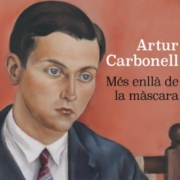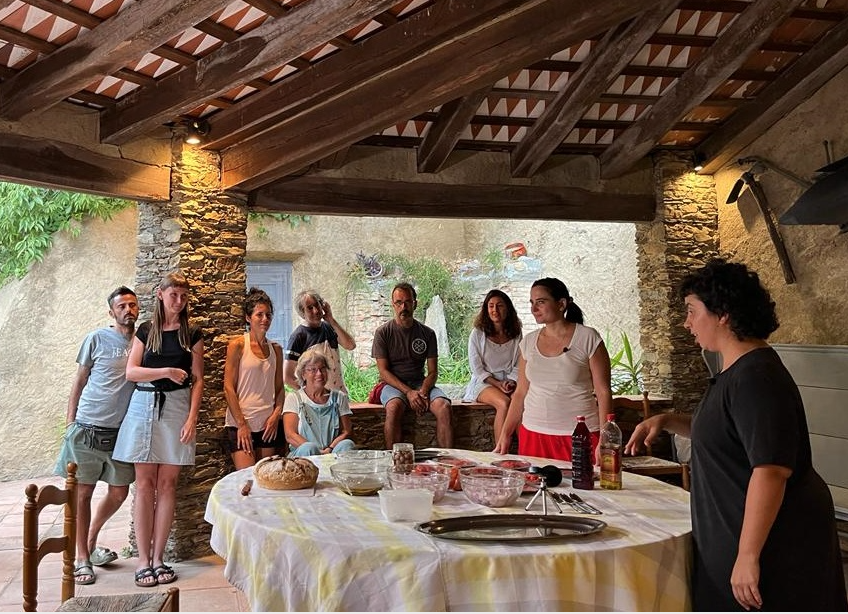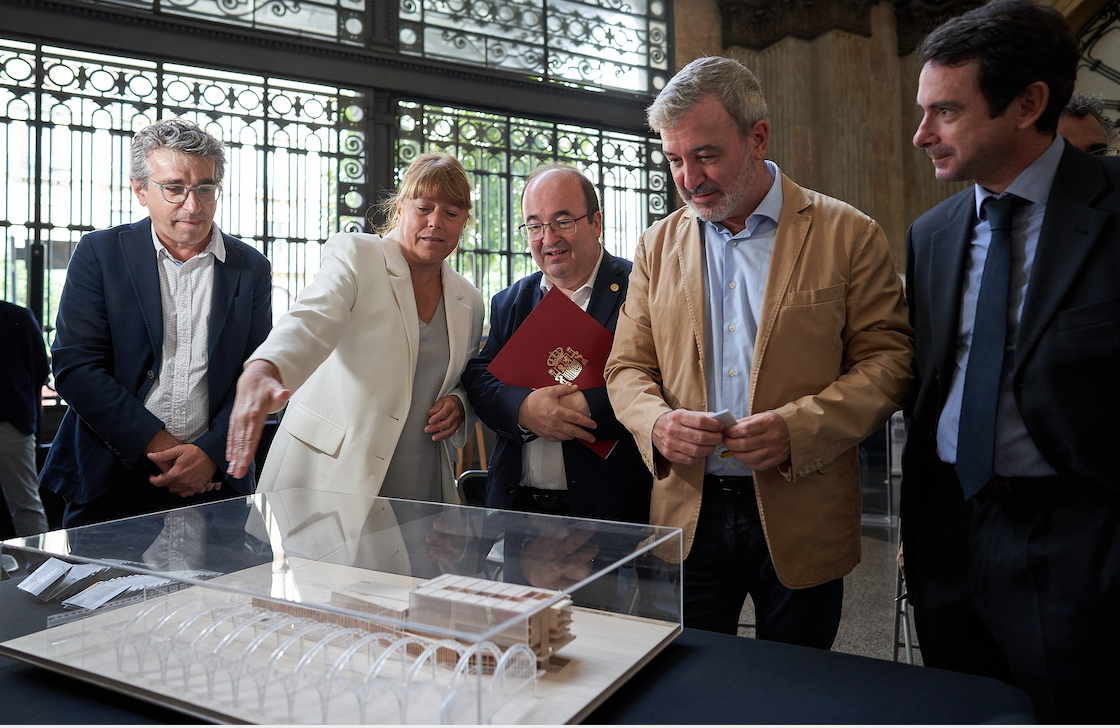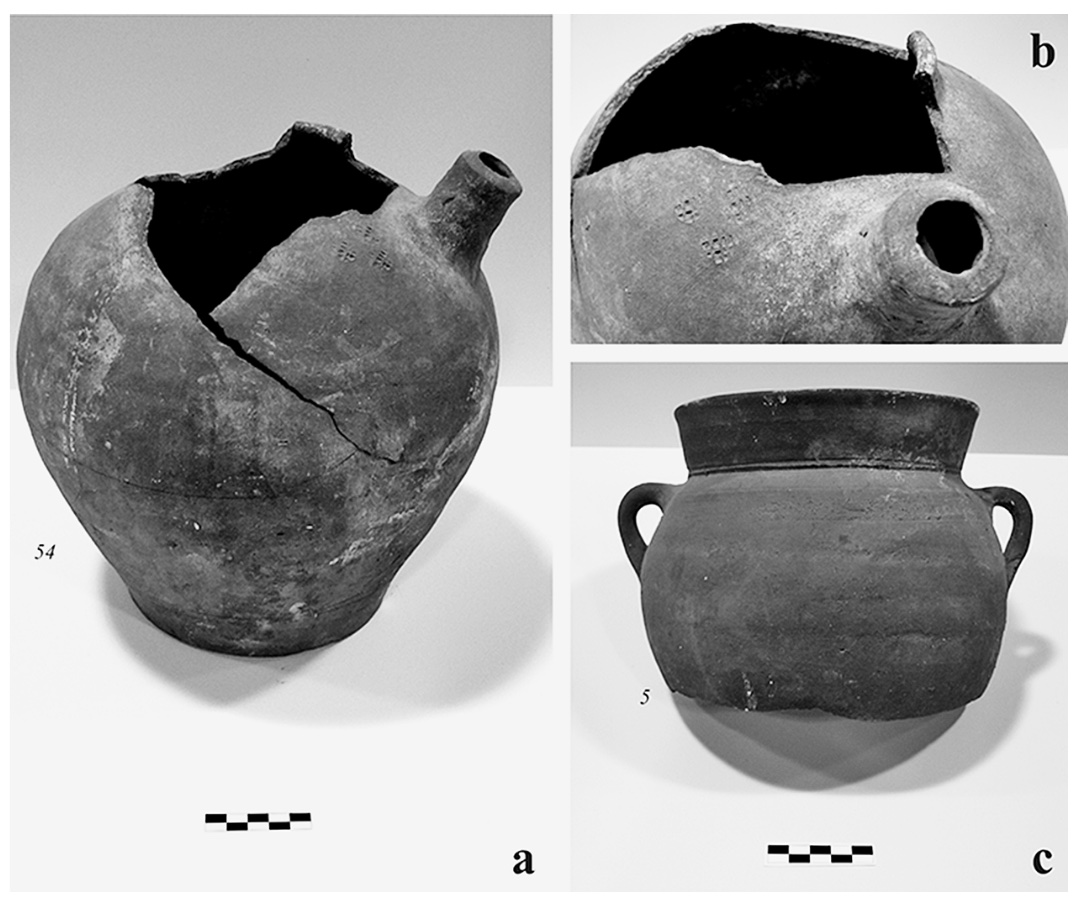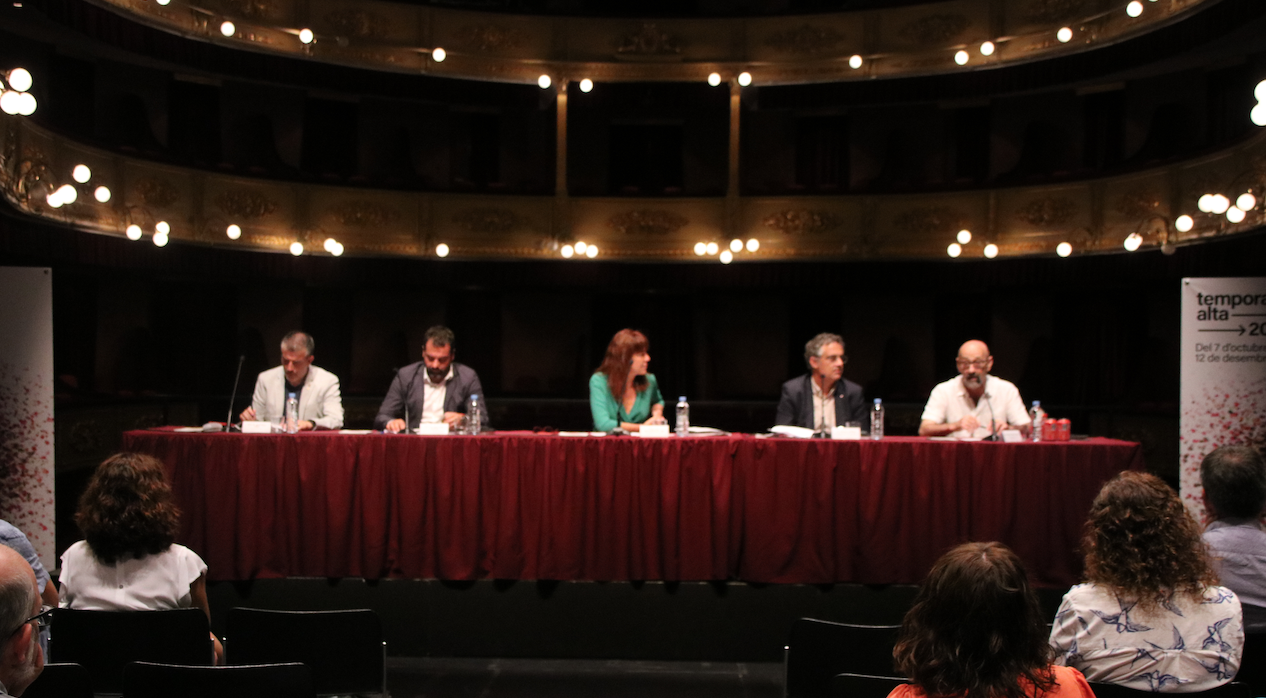Exhibitions
"Daniel García Andújar. Patent de Cors" in Es Baluard
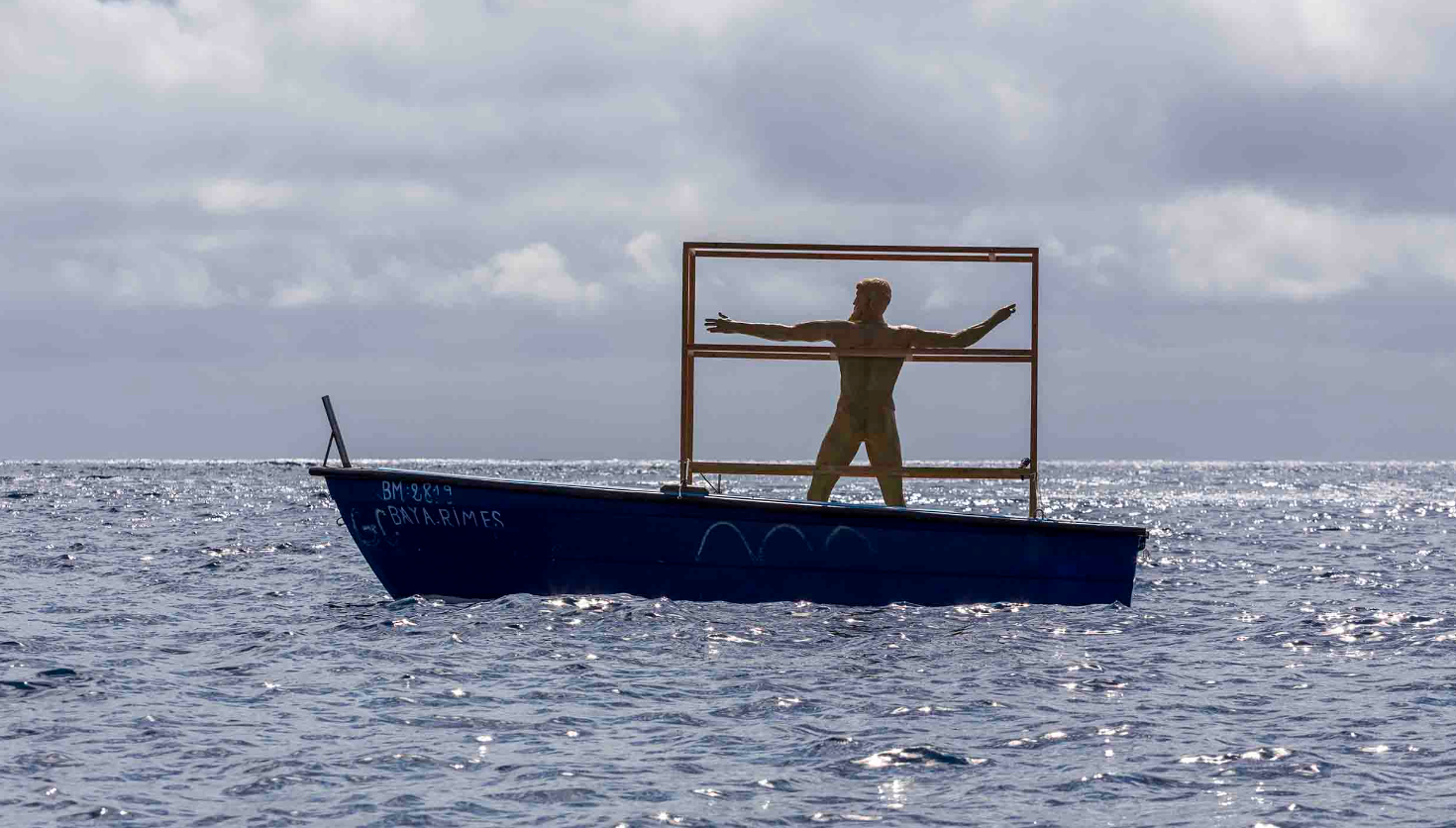
Es Baluard presents the Daniel García Andújar exhibition from September 16 to January 22. Patent de Cors, curated by Imma Prieto. The exhibition brings together a kind of mosaic or symbolic archive that allows us to trace conflict and pain through the more than 300 images collected. The project affects, as usual in his work, the need to review and rewrite history, to recognize that theft and plunder occurs not only after the permissiveness of a Patent of Hearts, but in official histories and, above all, when we strip people of their rights, their memories and their identity. Andújar points to the fact that history is full of systemic thefts that accompany and have accompanied forced displacements and exiles. It is in this condition of banishment from where he claims the erased dignity and the need to return them the place they should have always inhabited.
Sailing the Mediterranean is an action loaded with historical, political and social meanings. It is assuming a multiplicity of presences and absences carrying buried and denied histories, it is wanting to see that time continues to be the transmitter of an imaginary that highlights conflict, banishment and exile. Patent de Cors, on the one hand, gives its name to the exhibition that Daniel G. Andújar presents this season with unpublished materials and works, and on the other hand, it already hints at something of abandonment, spoliation and loss. Under this heading, Andújar has carried out a site-specific investigation to present us some pieces that appeal to a common time and space.
Materials and stories that give us back, through a simple gesture, the possibility of being a place, of becoming a space and reclaiming memories. Daniel García Andújar recovers and recreates a location that, despite being known, is presented for the first time: the Mediterranean. To think the Mare Nostrum, as the Romans called it, is to assume these journeys, diasporas and migrations. It is to recover other lives, many of which, lost and silenced. Thinking of the Mediterranean as an island, as an isolated but identified place, causes strangeness and insecurity. From this new entity, Andújar establishes multiple layers of meaning through elements that, at the same time, respond to an investigation configured through several vertices. Aware of the impossibility of covering all the silences, he assembles a visual corpus that appeals to different times, pieces that mark a historical thread and point to a non-end: from the stories of the Aeneid to the last bodies that have died on the crossing to Europe. It is by bringing to light these, other, stories that dialogues with the Patent of Hearts and establishes a metaphor that accepts the theft, not only of material, but of fundamental rights.



